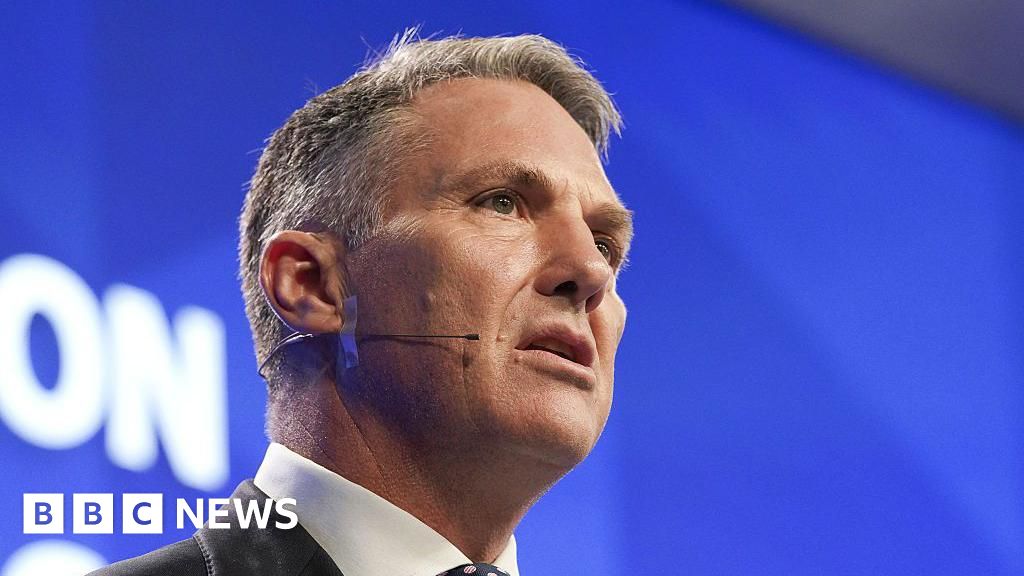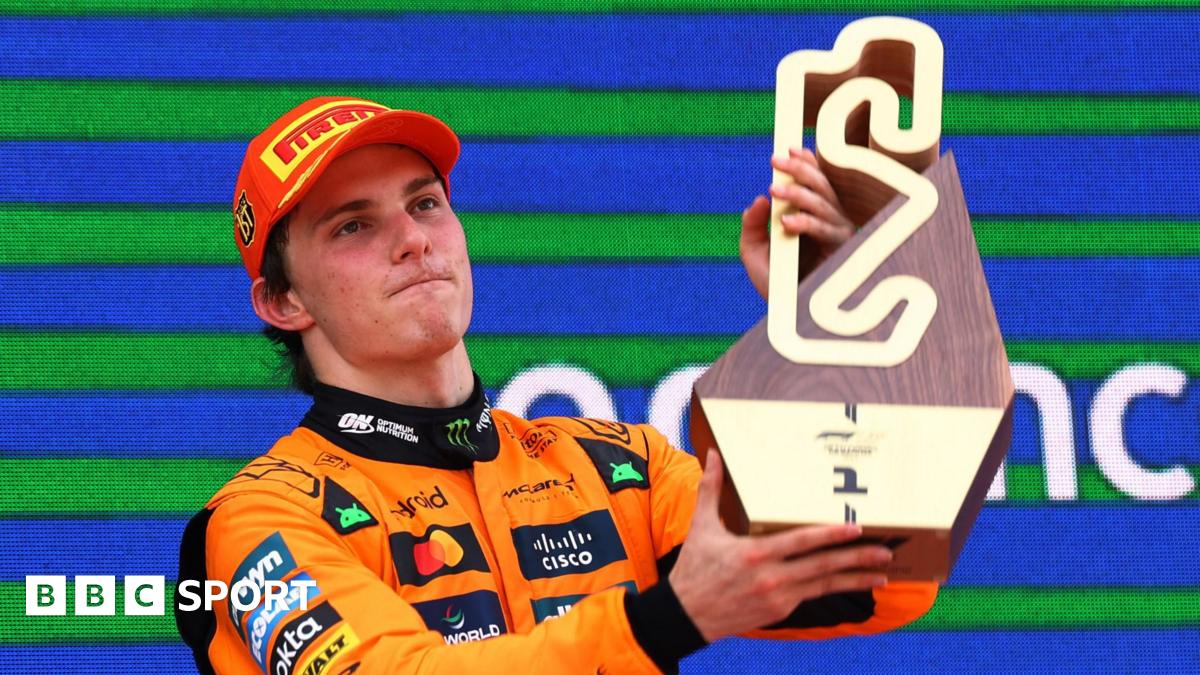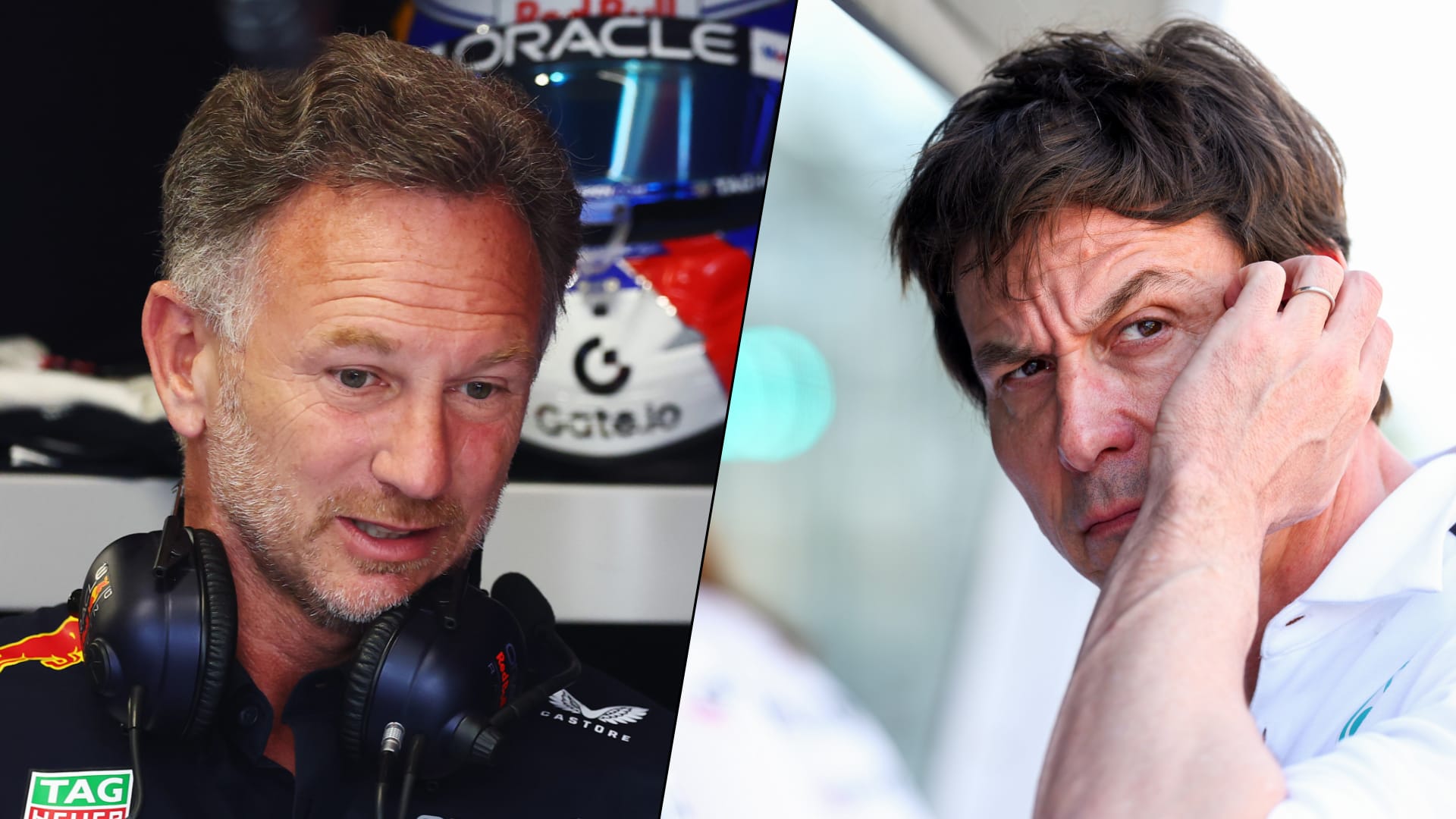“Doubling Up: How ‘Sinners’ and Other Movies Multiply One Actor”
This 12 months on the motion pictures, you’d be forgiven for considering you’re seeing double — since you are. Since March there have been three movies that includes stars appearing reverse themselves. “Mickey 17” has two variations (not less than) of Robert Pattinson as an expendable working grunt on an alien planet in a futuristic world. Robert De Niro performed two totally different mobsters in “The Alto Knights.” And Michael B. Jordan simply made his doubles debut as swaggering twins in Ryan Coogler’s “Sinners,” a vampire film set in Nineteen Thirties Mississippi.
Having the identical actor seem two — or generally three or 4 or extra — instances onscreen is one among cinema’s most enduring methods. And whereas the impact has lengthy been a robust little bit of film magic, the expertise has advanced through the years. Listed here are among the landmarks.
‘The Playhouse’ (1921)
An In-Digital camera Technique to Buster Keaton’s Insanity
The usage of doubling goes all the best way again to the silent period on this Buster Keaton quick wherein the protagonist, performed by the prodigious bodily comic, goals himself as each single particular person in a present — from the band to the viewers members. (He additionally seems in blackface as a minstrel, an upsetting byproduct of the period.) How did Keaton accomplish this? By way of masking and double publicity. He and his cameraman Elgin Lessley would cowl a part of the lens, carry out a beat, after which rewind, uncovering the beforehand masked portion so as to add one other model of himself to the shot. The impact is a wondrous confluence of Keatons all appearing directly.
‘The Parent Trap’ (1961)
Break up-Display screen Excessive Jinks
In some ways, Disney’s 1961 caper stays the go-to instance of doubling an actor. Hayley Mills performs a pair of twins who conspire to get their divorced dad and mom again collectively. The split-screen technique sounds nearly quaint today. Mills would carry out the scene as one twin reverse her double after which swap garments and do all of it once more as the opposite twin. The digital camera must stay completely steady, and nothing on set could possibly be altered between takes. Mills additionally couldn’t attain out to her scene accomplice. “When we were shooting a scene, on pain of death did you cross over the dividing line,” Mills later told Vulture. After taking pictures, the 2 strips of movie had been fed into what was known as an optical printer and rephotographed with mattes, which blocked out the edges that didn’t function Mills in order that they could possibly be mixed.
‘Back to the Future Part II’ (1989)
Crossing the Line
The cinematographer Dean Cundey remembered seeing “The Parent Trap” as a toddler and determining the trick. “I thought, ‘Well, that’s intriguing but they don’t ever cross the line,’” he stated in an interview with The New York Occasions. “I bet the way they did that was they put two pieces together down the middle.” Although Cundey would later shoot Nancy Meyers’s 1998 remake of “The Parent Trap,” he helped resolve the issue on “Back to the Future Part II,” Robert Zemeckis’s sequel to the time journey hit that options actors taking part in their characters’ ancestors and descendants. The answer? The VistaGlide movement management dolly system, developed by the visible results firm Industrial Mild & Magic. The expertise meant that Cundey may shoot a scene as he usually would, with out preserving the digital camera in a set place, after which the computerized dolly would be capable of repeat that precisely for the subsequent take when Michael J. Fox would change garments to play Marty McFly’s son, as an illustration.
Movement management additionally figured into the sequence wherein an previous Biff (Thomas F. Wilson) arms his youthful self a sports activities almanac as a part of a ploy to get wealthy sooner or later. Whereas Cundey defined they might have merely had Wilson go the guide out of body, as an alternative they put it on a motion-controlled robotic arm. “He would hold the book in one hand and follow across, and then we would cut and he would go get made up and the book would come across and he would grab it and take it,” Cundey stated, including, “We went the extra step to develop the motion-control arm that passed the book and it never left the audience’s sight. Those are the kind of shots that are interesting because they just tell the story.”
‘Multiplicity’ (1996)
Following the Toes
In Harold Ramis’s comedy, Michael Keaton performs an exasperated household man who clones himself so he can get extra achieved. Ultimately there are 4 Michael Keatons onscreen, every with a vastly totally different character. The visible results supervisor Richard Edlund shortly figured that one of many essential challenges could be ensuring Keaton was making eye contact with himself when the clones had been interacting. So Edlund devised a contraption that was basically a tripod affixed with a pistol scope and a laser that might ship info to a pc. For the primary take, an operator would use it to observe Keaton’s ft. On the second take, Keaton would act reverse a stand-in who would maintain a monitor that performed Keaton’s first take and stand over a laser dot that performed again the actions Edlund’s machine had captured. “Michael would be talking to the monitor in sync and he had a hearing aid off screen on the other side so you never saw it,” Edlund stated in an interview. When Keaton needed to cross in entrance of himself, they used items of inexperienced display on the set. In the meantime, all through manufacturing, a group was stationed in a trailer creating composites of the takes so Ramis may get a way of what the ultimate product would appear like.
‘The Social Network’ (2010)
Fb Face Swap
“I’m 6’5, 220 and there’s two of me.” That line spoken by Armie Hammer as one of many Winklevoss twins in David Fincher’s “The Social Network” can be indicative of what Fincher needed to accomplish within the movie to convey the imposing Harvard bros to life. As a substitute of casting precise twins, Fincher selected Hammer and one other actor, Josh Pence. However Pence’s face isn’t seen onscreen. As a substitute, Fincher scanned Hammer and Pence’s visages with a medical-grade laser and digitally changed Pence’s face with Hammer’s. “It was really motion-capture acting in a way,” Pence informed The Huffington Post in 2020.
‘Sinners’ (2025)
A Cigarette Cross and a Digital camera ‘Halo’
On “Sinners,” Ryan Coogler not solely needed to show Michael B. Jordan into Despair-era twins named Smoke and Stack, he needed to take action on 65-millimeter IMAX movie. “There are a lot of extra challenges that come with the 65-millimeter film,” the visible results supervisor Michael Ralla stated. “Not only is it the resolution — how big the negative is — but with that there’s interesting challenges where the film is warping as it’s being pulled through the camera, and then it’s being pulled through the scanner again. Compared to digital photography where you have a perfectly stable frame, there’s a lot of movement that we need to make sure is consistent across the frame.”
The filmmakers developed what Ralla and the visible results producer James Alexander known as a matrix to determine how precisely they had been going to double Jordan for every explicit second. In some instances that meant easy over the shoulder pictures, in others it meant utilizing a techno dolly, basically a extra superior model of the VistaGlide. Their standout innovation was what they known as the halo. It’s a rig that sat on Jordan’s shoulders with 12 cameras that might seize something he did along with his head. They may then use these photographs to switch a double’s noggin with Jordan’s.
Nonetheless, one of the crucial spectacular moments of twinning within the film is all Jordan. Early within the movie, Stack arms Smoke a cigarette. Jordan intensely rehearsed the strikes of each characters with a physique double, after which would swap locations through the shoot. “We had a little pole that would show where the cigarette handover had to happen,” Ralla stated. “They knew how to touch that pole that was digitally removed later and the two were combined.”
The motion took a very long time to get proper, however Ralla stated it was price it due to the way it exhibits Jordan’s characterization of the twins. “All the body movement, all the mannerisms, all the body language is established so well already and we weren’t able to see it during the shoot yet,” Ralla stated.
Movies: Joseph M. Schenck Productions (“The Playhouse”); Disney (“The Parent Trap”); Common Footage (“Crossing the Line”); Columbia Footage (“Multiplicity”); Columbia Footage (“The Social Network”); Warner Bros. (“Sinners”)
Have any questions or want help? Contact us here. For extra insights, go to our website.
Learn More…









